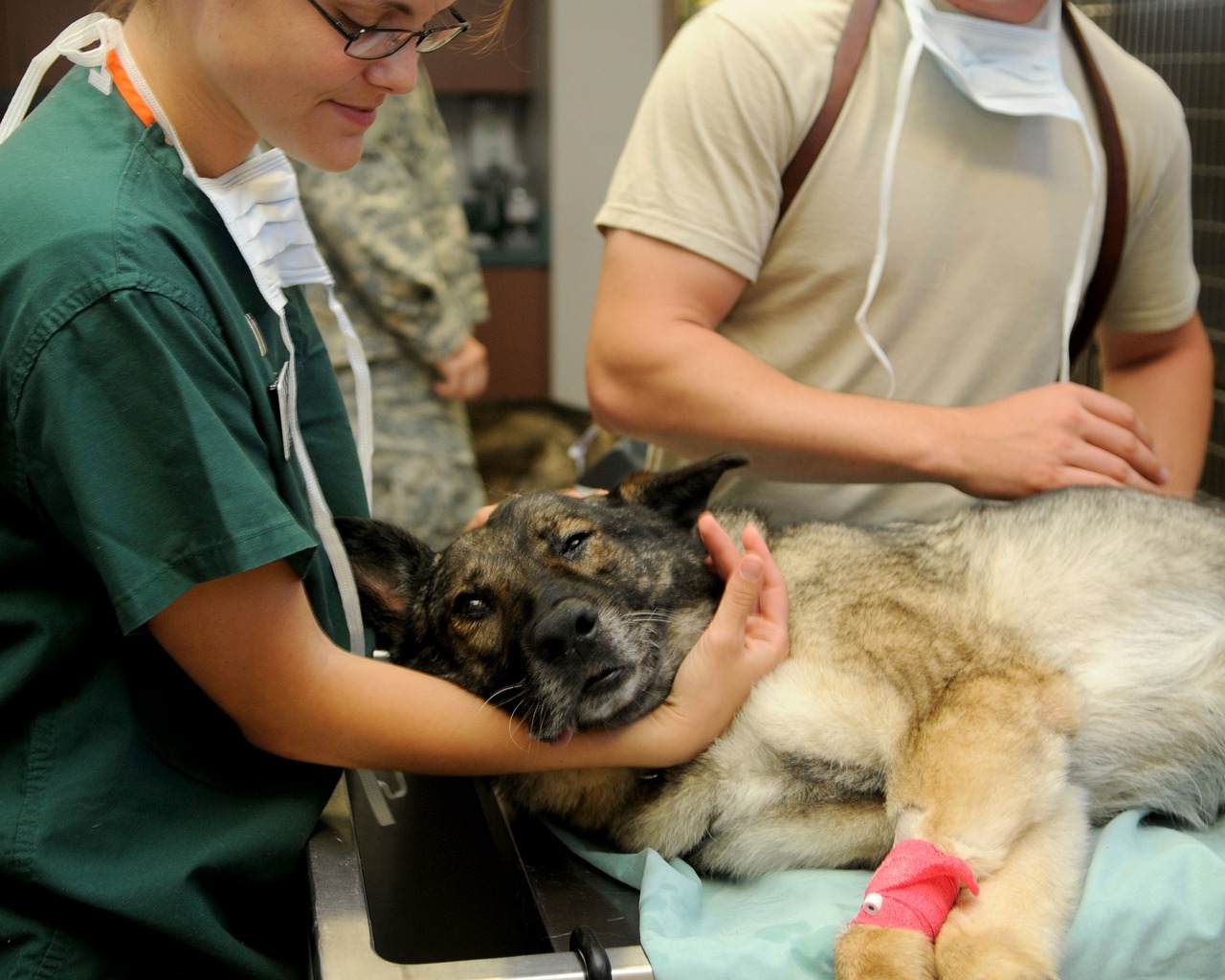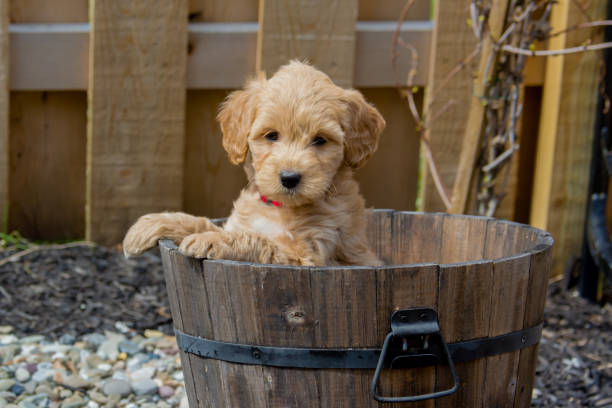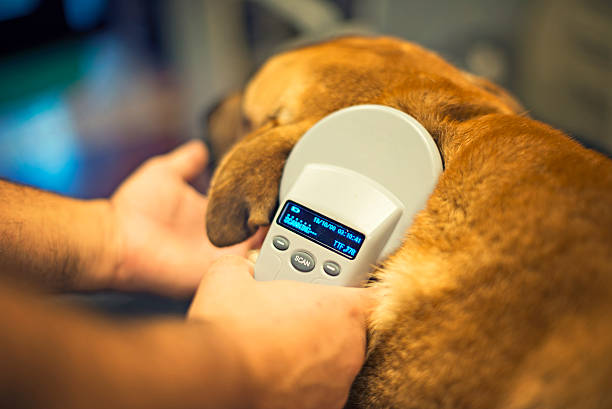Numerous people view dogs not just as man’s closest companions, but also as beloved family members. However, it’s important to remember that owning dogs could bring about substantial expenses, especially if your dog faces health problems such as a torn ACL or a broken leg.
That’s why it’s important to have proper pet insurance in place. Pet insurance covers bills for surgery, medications, boarding, vet fees, and other costs related to your pet’s care.
There are a few things to consider when it comes to pet insurance. The most important factor is your dog’s breed, as different breeds are more prone to certain health problems.
Beyond that, there are a few other important factors to consider, like whether your dog is house-trained and if you have liability insurance. Finally, ensure you understand what your policy covers and doesn’t.
Types of Dog Insurance Coverage
When choosing the right type of pet insurance for your dog, it is important to understand the coverage available and what each will provide.
Collapsible Dog Kennel
This insurance will cover your dog if injured inside a collapsible kennel.
Deductible
This type of insurance has a set deductible amount that must be met before benefits are paid out.
Owners Liability
This type of coverage will protect you from lawsuits filed by others who believe your dog caused them harm.
Medical Expense
This type of coverage provides reimbursements for medical expenses incurred due to an accident with your dog.
Pet Injury
This type of coverage protects you from the cost of veterinary bills associated with your pet’s injuries.


How Much Does Dog Insurance Cost?
One of the many things to consider when owning a dog is getting pet insurance. Pet insurance can cover accidents, such as getting hit by a car, being attacked by another animal, or being lost.
Pet insurance costs can vary depending on where you live in the UK, but it is usually around £8-£12 per month. This coverage typically includes accidental death, dismemberment, and serious injury to your pet.
The Most Common Types of Dog Insurance
Dog health insurance protects your dog from major health issues like cancer. The cost is around £7.00 a month for a small dog and £12.00 for a large dog.
Dog life insurance protects your dog from the possibility of you passing away. The cost is around 14.00 a month for a small dog and 24.00 for a large dog.
Life insurance for your dog is not traditional, and there are no guarantees it will payout. However, the pet insurance cost for a dog is usually very low compared to other types of life insurance.
What Is Covered in Pet Health Insurance?
If you’ve got a dog, you’re probably familiar with the basic insurance coverage of owning one – your house, Contents, Personal Effects, and Travel are all typically included in pet insurance policies. But what about when your pup gets sick or hurt? What if he needs surgery? Or worse?
Most pet insurance companies and policies don’t cover veterinary bills. That’s where dog insurance comes in.
Pet insurance is usually a compulsory part of any homeowner’s policy in the UK. So whether you’re living in Brighton or Birmingham, chances are your home policy includes pet coverage.
Here’s what each type of policy offers:
- Owners of dogs aged three months or older are usually covered for general damages caused by their animals, such as theft or break-and-enter (depending on the pet insurance company). For example, you’re covered if your dog’s collar gets caught on a fence or gets so tangled that you can’t remove him. Pet insurance plans also cover if your dog gets into something toxic, such as rat poison, and dies.
- Most policies don’t cover dogs less than three months old, so you’ll need to get a separate policy. Some insurers offer dog liability insurance for very young dogs, but it’s not always available.
- Dog bite claims are often disputed. You may have to prove that your dog isn’t dangerous or that you didn’t do anything wrong. Some pet insurance providers and policies cover injuries caused by other animals, such as horses, cats, or rabbits.
- The cost of a dog insurance policy varies depending on the dog’s age and whether it has any pre-existing conditions. Some insurers offer discounts for multi-pet policies.


Dog Insurance Coverage Exclusions
In the UK, dog insurance policies typically exclude coverage for dogs declared dangerous by the local authorities. This can include dogs that have attacked someone, bitten someone, or dogs considered a nuisance.
Some insurers may also exclude coverage for dogs that are not house-trained or have a history of being destructive.
Illnesses that Pet Insurance does not cover
Many think their pet insurance covers any illnesses or injuries their pet may suffer. Unfortunately, this is not always the case. In the UK, pet insurance policies typically cover only a handful of illnesses and injuries – some aren’t even considered accidents! Here are six common illnesses and injuries that usually aren’t covered by dog insurance in the UK:
Gastrointestinal Problems
These can include anything from tummy aches to more serious conditions like bloat or pancreatitis.
Allergies
Dogs can develop allergies to almost anything, including pollen, grasses, pets, or other animals. Many policies only cover symptoms related to allergies rather than covering the full range of treatments that might be necessary.
Declawing
This surgical procedure removes the last joint in a cat’s toes. Some insurers won’t cover animals that have been declawed, but others will fully cover the surgery.
Skin problems
Dogs can develop skin conditions like eczema, allergies, and fleas.
Ear problems
Dogs can also get ear infections and more serious conditions like eardrum ruptures.
Pets with Chronic Illnesses
Some insurers will only cover pets with a condition that has lasted for more than six months, making it difficult to get coverage if your pet has a chronic condition.


Accidents that Happen Outside of the Home that Pet Insurance Does not Cover
Dog insurance in the UK covers accidents outside the home, including at the dog’s daycare, on walks, and outside in parks. However, accidents that happen while a dog is being walked or exercised by its owner are not covered.
This can leave owners with hefty bills if their dog is injured or dies from an accident outside their home. If your dog is injured while being walked, the owner is responsible for any medical expenses.
If your dog dies due to an accident outside of the home, you may be required to pay compensation if it was not bonded and insured.
Exceptions to the General Rule that Accidents and Illnesses
Pet insurance is a necessary expense for many pet owners. However, not all dog-related accidents and illnesses are covered under standard policies.
If the policyholder disputes the claim, the insurer can decline the pet insurance claim. If you take your dog for a walk and an accident occurs, you may be able to claim compensation from your insurance company.
How to File a Dog Insurance Claim in the UK
If you have a dog and it is injured or killed, you may be able to file a claim with your insurance company. Here are the steps you need to take to file a claim:
1. Contact your insurance company as soon as possible after the accident.
2. Explain what happened and what injuries your dog sustained.
3. Supply any photographs or videos of the incident that you can.
4. Provide medical records, if available, receipts of vet fees, and other supporting documents
5. Make copies of all relevant documents for yourself and send them to the insurance company with a letter explaining your case.
6. Wait for a response from your insurance company, which may take some time (up to several weeks).
In Summary
Dog insurance can be a great way to protect your pet in an emergency. It can also help you pay for routine care, such as vaccinations and checkups. Be sure to shop around and compare policies to find the best one for your needs. And don’t forget to ask your veterinarian about the best ways to keep your dog healthy and safe.



